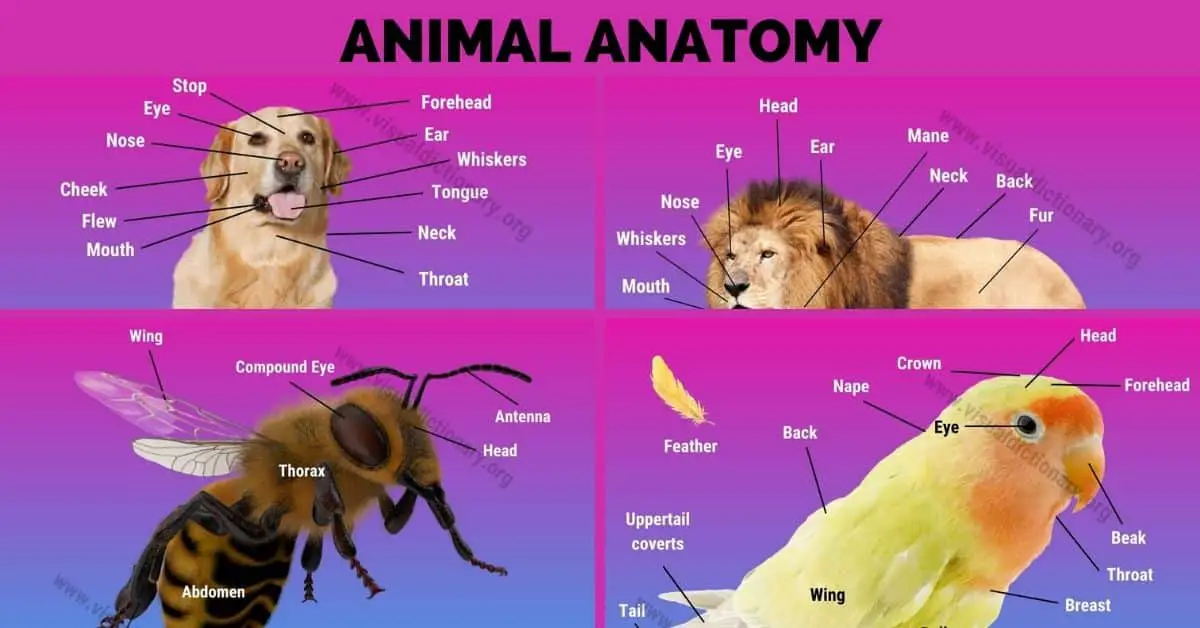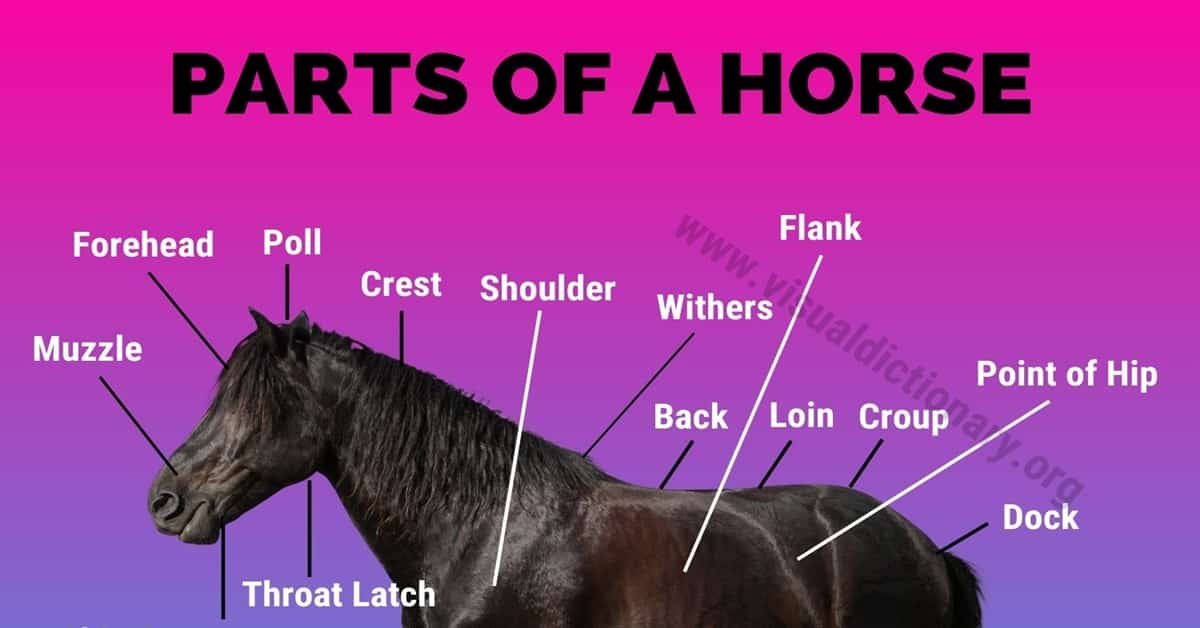When it comes to understanding the anatomy of a pig, there are many different parts to consider. From the skin to the digestive tract, each section plays an important role in the overall health and function of the animal. In this article, we will explore the various parts of a pig and their functions.
Table of Contents
Pigs
Pigs are fascinating animals that have been domesticated for thousands of years. They are intelligent and social creatures that have complex anatomy.
One of the most important parts of a pig’s anatomy is its digestive system. Pigs have a complex digestive system that allows them to digest a wide variety of foods. Their digestive tract consists of five main parts: the mouth, esophagus, stomach, and small and large intestines. The mouth is where food enters the digestive tract, and the stomach is where the majority of the digestion takes place.
Another important part of a pig’s anatomy is its respiratory system. Pigs have a unique respiratory system that allows them to breathe through their nose or mouth. They also have a diaphragm, which is crucial for their breathing.
Pigs also have a muscular system that allows them to move and perform a wide variety of tasks. Their muscles are divided into different groups, including the biceps brachii and brachialis muscles in their front legs, which pull the forearm towards the arm, while the triceps brachii muscles extend the arm.
In addition to their muscles, pigs also have a skeletal system that provides them with support and protection. Their skeleton is made up of bones, which are connected by joints and held together by ligaments.
Pig Anatomy
Head and Neck Features
The head and neck of a pig are essential for various functions, including feeding, communication, and sensing the environment.
Ears
The ears of a pig are located just above the eyes and in front of the neck. They come in various shapes and sizes and are used for hearing and communication. Pigs have an excellent sense of hearing and can detect sounds up to several miles away. They also use their ears to communicate with other pigs, expressing their emotions and intentions.
Eyes
Pigs have small, beady eyes located on the sides of their head. Their eyesight is not as sharp as humans, but they have a wide field of vision, allowing them to see almost 310 degrees around them. Pigs also have a small orbital cavity to adjust the eye content.
Snout
The snout of a pig is a unique feature that sets them apart from other animals. It is a long, flexible, and muscular appendage that is used for rooting and digging in the ground. Pigs use their snouts to find food, water, and shelter. They also use their snouts to communicate with other pigs, expressing their emotions and intentions.
Teeth
Pigs have a set of strong, sharp teeth that are used for biting and chewing their food. They have four canine teeth, which are used for defense and aggression. Pigs also have molars and premolars that are used for grinding and crushing their food.
Neck
The neck of a pig is located just behind the ears and in front of the shoulder. It is the proper location to give most injections to pigs. The neck is also essential for supporting the head and facilitating movement. Pigs have strong neck muscles that help them move their head and neck in various directions.
Body Parts
Shoulders
The shoulders of a pig are located at the front of its body and are made up of several muscles. These muscles are responsible for the pig’s movement and provide support for the front legs. The shoulder meat is commonly used for pulled pork, roasts, and chops.
Back
The back of a pig is where the loin and the tenderloin can be found. These cuts of meat are the most tender and are often used for high-end dishes. The back of the pig is also where the spine is located, which is a crucial part of the pig’s skeletal system.
Belly
The belly of a pig is where bacon comes from. This part of the pig is fatty and is often used for making sausages and other cured meats. The belly is also where the pig’s stomach is located, which is responsible for breaking down food.
Hindquarters
The hindquarters of a pig are where the ham can be found. This part of the pig is lean and is often used for roasts and steaks. The ham is a significant part of the pig’s leg, which is responsible for its movement.
Legs and Feet
Front Legs
The front legs of a pig are responsible for supporting the weight of the animal and helping it move around. The biceps brachii and brachialis muscles pull the forearm toward the arm while the triceps brachii muscles extend the arm. The forearm is located above the knee and is the thickest part of the front leg before entering the chest.
Hind Legs
The hind legs of a pig are also important for movement and support. The ham is the back portion of the hind leg and is a popular cut of meat. The muscles of the hind legs are used for jumping, running, and other physical activities.
Hooves
The hooves of a pig are similar to those of other animals, such as cows and horses. They are made of a tough material called keratin and are used for support and balance. It’s important to keep the hooves trimmed to prevent injury or discomfort for the pig.
Parts of a Pig | List
- Head
- Snout
- Ears
- Jowl
- Neck
- Shoulder
- Ham
- Loin
- Belly
- Ribs
- Hock
- Trotter
- Tail
- Hooves
- Tusks
- Brisket
- Flank
- Ham
- Backstrap
- Saddle
Frequently Asked Questions
What are the external parts of a pig and their functions?
As we explore pig anatomy, it’s important to understand the external parts of a pig. The snout is a prominent feature of a pig’s face, and it is used for digging and rooting for food. Pigs also have small eyes and large ears that they use to detect sounds. The tail of a pig is used for swatting away pesky insects.
What are the internal parts of a pig?
Pigs have a complex digestive system that includes the stomach, small intestine, and large intestine. The liver and pancreas are also important organs in the pig’s digestive system. The respiratory system of a pig consists of the lungs and trachea, while the circulatory system includes the heart and blood vessels.
What is unique about the anatomy of a pig?
One unique feature of a pig’s anatomy is their lack of sweat glands. This means that pigs have to use other methods to cool themselves down, such as rolling in mud. Pigs also have a four-chambered stomach, which is similar to cows. Additionally, pigs have a highly developed sense of smell, which they use to locate food.
What is the belly side of the pig called?
The belly side of a pig is called the ventral side. This is the side of the pig that is closest to the ground when it is standing.
What are the 5 main regions of a pig?
The five main regions of a pig are the head, neck, trunk, limbs, and tail. Each of these regions contains different organs and structures that are important for the pig’s overall health and survival.
Related terms:







